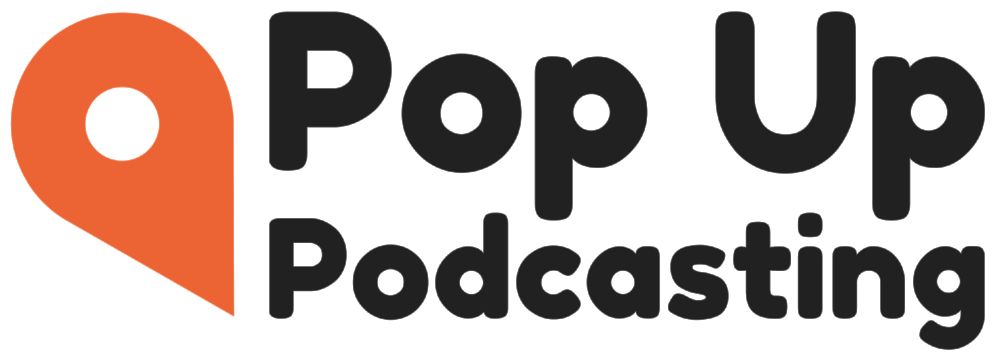“Wherever you get your podcasts” (How Podcast Distribution Works)
We’ve all heard it: “follow us wherever you get your podcasts” - but how do podcasters actually get onto every platform, into every app? We’ve helped countless clients set up their podcast distribution so they can confidently say this. Here’s how we do it:
Really Simple Syndication (RSS)
Once upon a time all podcasts were distributed via RSS, and this is largely still the case for audio-only podcasts. Podcast hosting companies like Simplecast, Megaphone, Acast, and Buzzsprout help create an RSS feed, which is then connected to platforms like Spotify, Apple Podcasts, YouTube Music, and other podcast apps.
Upload your audio-only podcast to your hosting provider of choice, and once you hit “publish” followers on every app you’ve connected are notified of your new episode.
There’s a little complexity in the initial setup, but after that it’s smooth sailing — publishing once sends your podcast “wherever you get your podcasts”.
Video Podcasts Are Different
Video podcasts are a little more complex - but still fairly straightforward.
Podcasts with video are primarily consumed on Spotify and YouTube. So we recommend using Spotify for Podcasters as your primary podcast hosting provider, since that’s one of the easiest ways to get your video into Spotify - plus it’s free.
Here, the setup starts out the same as with audio-only podcasts: connect Spotify for Podcasters to various podcast apps, then when you upload and publish, they push it out to all those destinations.
But as you can see, it’s not quite that simple. Spotify for Podcasters only sends your full video podcasts to Spotify itself. Apple Podcasts, Amazon Music, and the various other podcast apps get an audio-only version (pulled from the video you uploaded).
Most the users of those apps aren’t expecting video anyway, but it’s important to be aware of this wrinkle. And since we already know that YouTube is vital to any video podcast strategy, we’ll need to upload there separately.
So for video podcasts we recommend uploading each episode to Spotify for Podcasters AND YouTube. This makes video available on Spotify and YouTube, and automatically sends audio-only versions everywhere else your audience gets their podcasts.
What About Analytics?
With your podcast whizzing around the internet in so many different apps and formats, you may wonder about audience data (analytics).
Knowing everything you can about your audience’s size and composition is helpful in improving your show; securing sponsorship; or showing you boss the value the podcast.
Fortunately, podcast hosting providers are helpful in bringing together audience numbers from across all those apps in one convenient dashboard - or rather almost all those apps.
YouTube is the outlier here in that for both audio and video podcasts, they don’t report data back to your main podcast hosting provider. You’ll need to add up your hosting provider’s numbers and those found in YouTube Studio to get a full picture of your podcast stats.
Check out James Cridland’s Podnews article How to understand podcast stats for a deep-dive on how to collect and analyze your podcast data, including the availability of more granular data directly from Apple and Spotify.
An Evolving Landscape
Podcast distribution is constantly changing. What’s described above are the simplest, most common ways of distributing audio and video podcasts in 2024 - but they aren’t the only options.
Shows that want to distribute different versions of their podcasts for audio vs. video audiences may follow a different path; Spotify’s Megaphone is slowly rolling out support for video podcasts; YouTube only recently enabled RSS-ingest and may eventually start sharing audience data with podcast hosting providers; and new podcast consumption apps are always coming to the fore.
The only constant is change, so be sure to follow trusted industry news sources like the aforementioned Podnews and your hosting provider’s email newsletter to stay abreast of developments that could impact your audience’s ability to find your show “Wherever you get your podcasts”.



